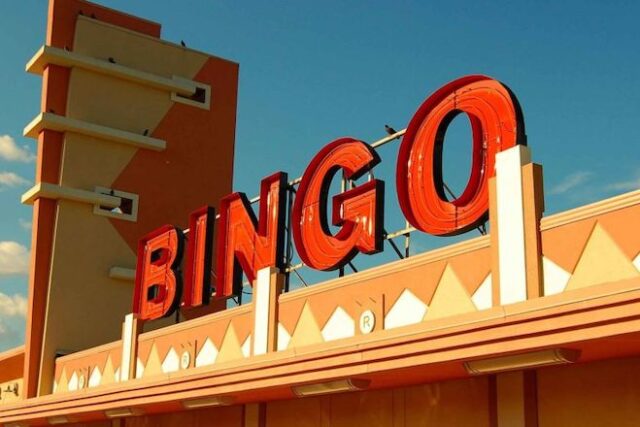Curiously, the history of the popular game of bingo goes back a long way. Some historians trace its birth even to the time of the barbarians. There are several theories about that, but it seems that all agree that the game of bingo, as we know it today, or rather its first version, was born in Italy with the “bingo”. The Giuoco del Lotto of Italy ” en 1530 when the two kingdoms of Italy were united. With the creation of this national lottery, which has the key elements of bingo, we have the first popular form of gambling and marks the beginning of a new form of entertainment .
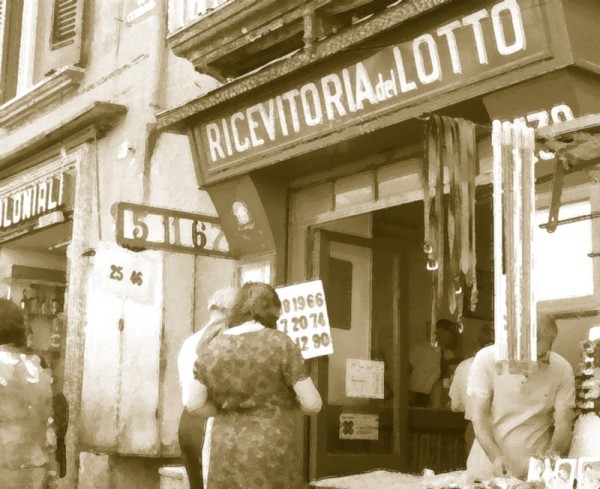
Currently, in the main cities of Spain we have dedicated rooms and you can also play bingo online whenever you feel like it, but in its beginnings it was something reserved for special moments.
A little history of bingo
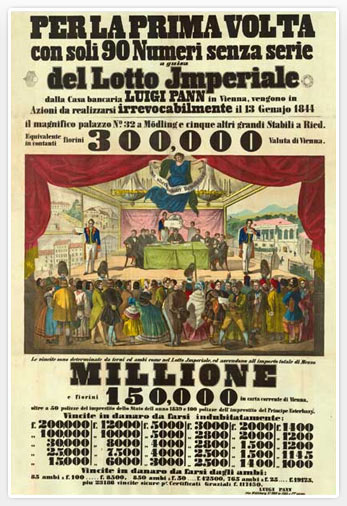 The rules by which we play bingo now are those established by the French in 1770 at Le Lotto, although at that time their version of bingo was something reserved for aristocrats. By the early 800s, the game of bingo had become popular throughout Europe. Even its 90 balls began to be used for educational purposes, such as teaching children the multiplication tables. But it was when it arrived in North America that bingo as we know it today was born.
The rules by which we play bingo now are those established by the French in 1770 at Le Lotto, although at that time their version of bingo was something reserved for aristocrats. By the early 800s, the game of bingo had become popular throughout Europe. Even its 90 balls began to be used for educational purposes, such as teaching children the multiplication tables. But it was when it arrived in North America that bingo as we know it today was born.
From beano to bingo, the curious anecdote that gave its name to the game
Originally played in popular events, players marked the numbers on their cards by placing beans (bean in English) and gritaban “beano” si ganaban that was also the name of the game.
Edwin Lowe, a game salesman from New York, seeing the excitement of the players, decided to reproduce the beano game and tried it with his friends. Curiously, the winner, instead of saying “beano”, shouted “bingo” and Lowe decided to call it that way. It immediately became internationalized, gaining fans all over the world.
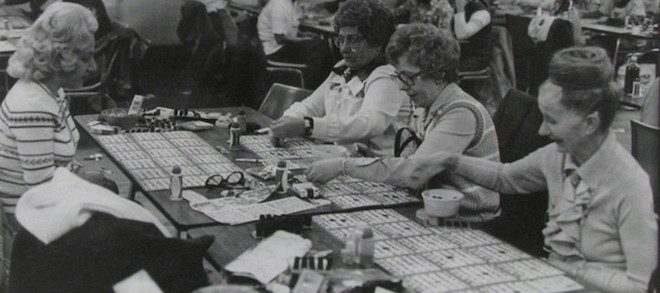
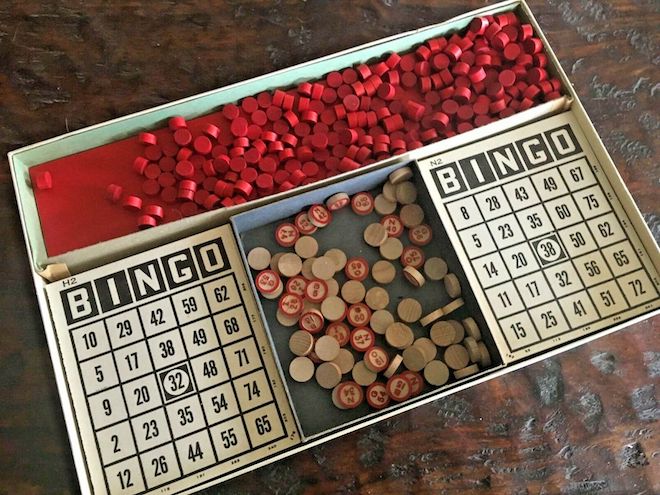
At the time bingo only offered 24 unique card variants, but thanks to a Pennsylvania priest who wanted to use it to raise funds for the church, Lowe hired a Columbia University mathematics professor, Carl Leffler, to create more combinations. By 1930 Leffler had created more than 6,000 bingo cards and it is also said that this drove him crazy.
The truth is that thanks to their work bingo consolidated as a way to raise funds . In addition to continuing to popularize it as a form of entertainment.
The game of bingo in Spain
Gambling had been banned in Spain since 1922. So the official introduction of bingo had to wait until the end of the dictatorship. Finally, bingo was authorized in Spain in 1977. . In the eighties, with the arrival of the machines and the opening of gambling halls, bingo lived its golden age. It was one of the many things that Spaniards could finally do.
The bingo fever of the 80’s
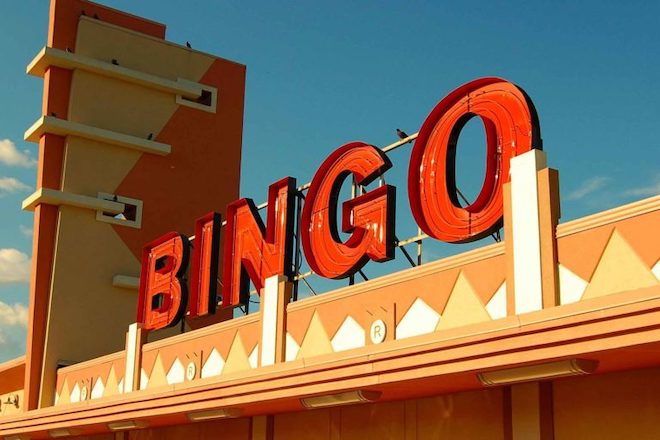
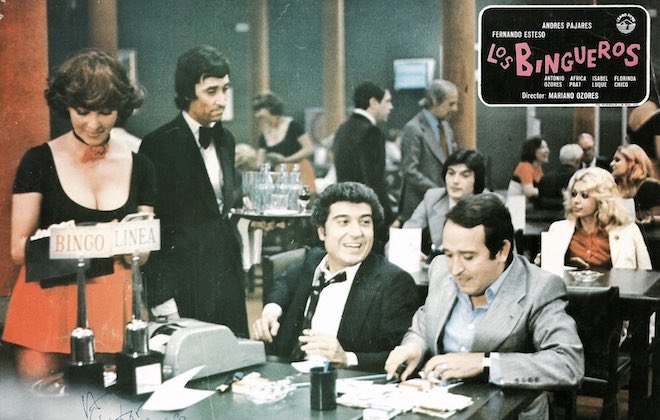
In Los Bingueros, one of the most famous films of 1979, it talks about how many Spaniards quickly got hooked on the game of bingo. Los Bingueros was the blockbuster of 1979, on the other hand, the bingo game had only just begun its success. .
Bingo halls were a place to socialize, have fun and try your luck. Gradually, these spaces became real lounges with gastronomy and entertainment in which to pass the time. After 40 years and with the anti-smoking law and several crises in between, many historic bingo halls are still open. Along with them we find the latest generation bingos and the possibility of playing online in virtual rooms.
The most popular bingo in Spain is the one with 90 balls, although you can also find the American version with 75 balls. And there is no doubt that whether you like to play or not, bingo remains one of the most popular games in Spain.

